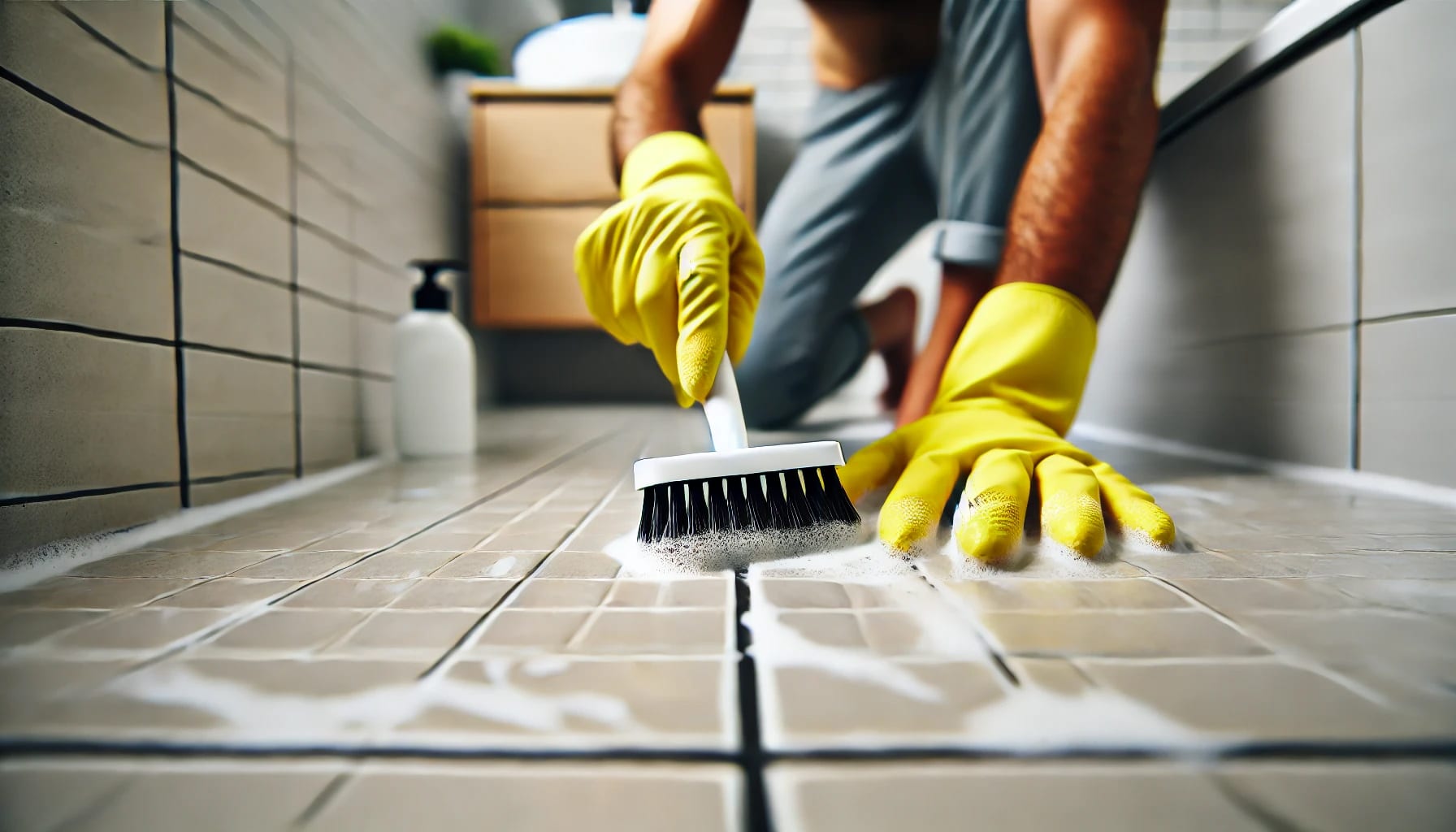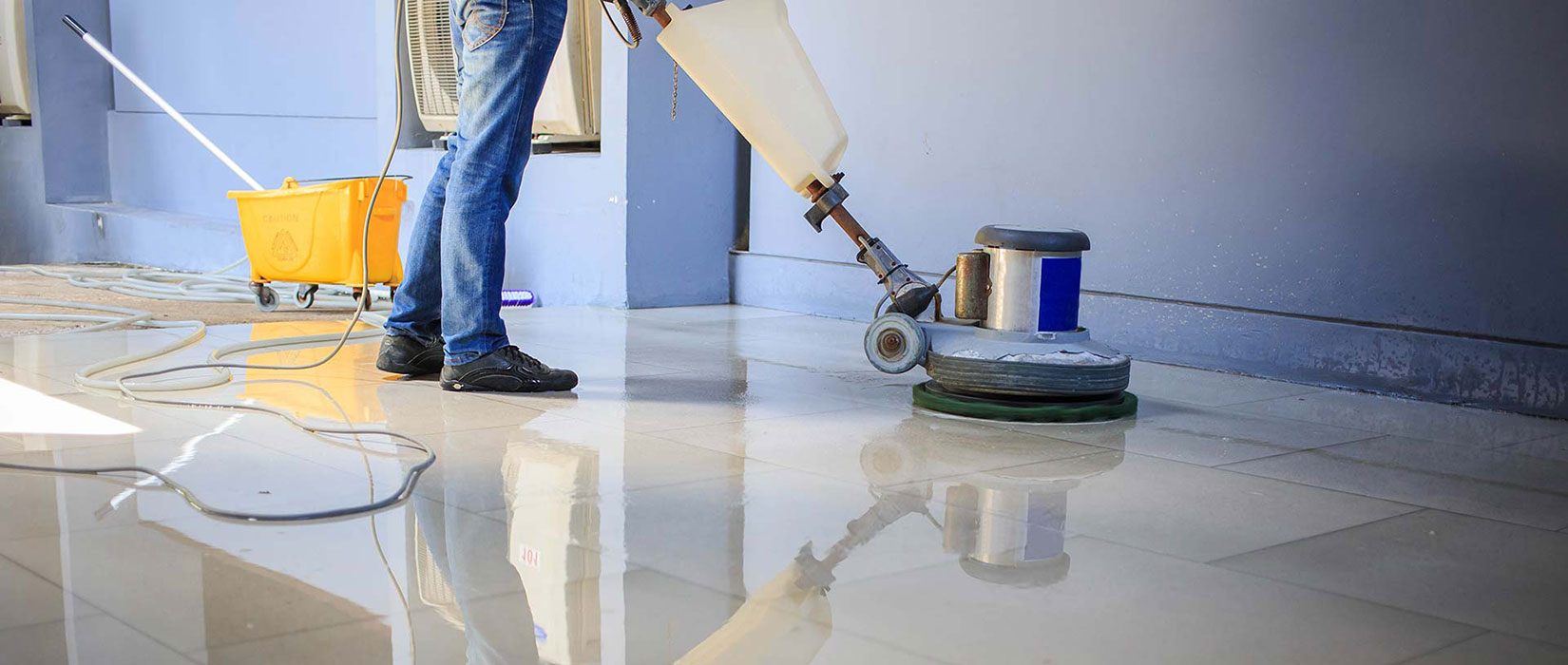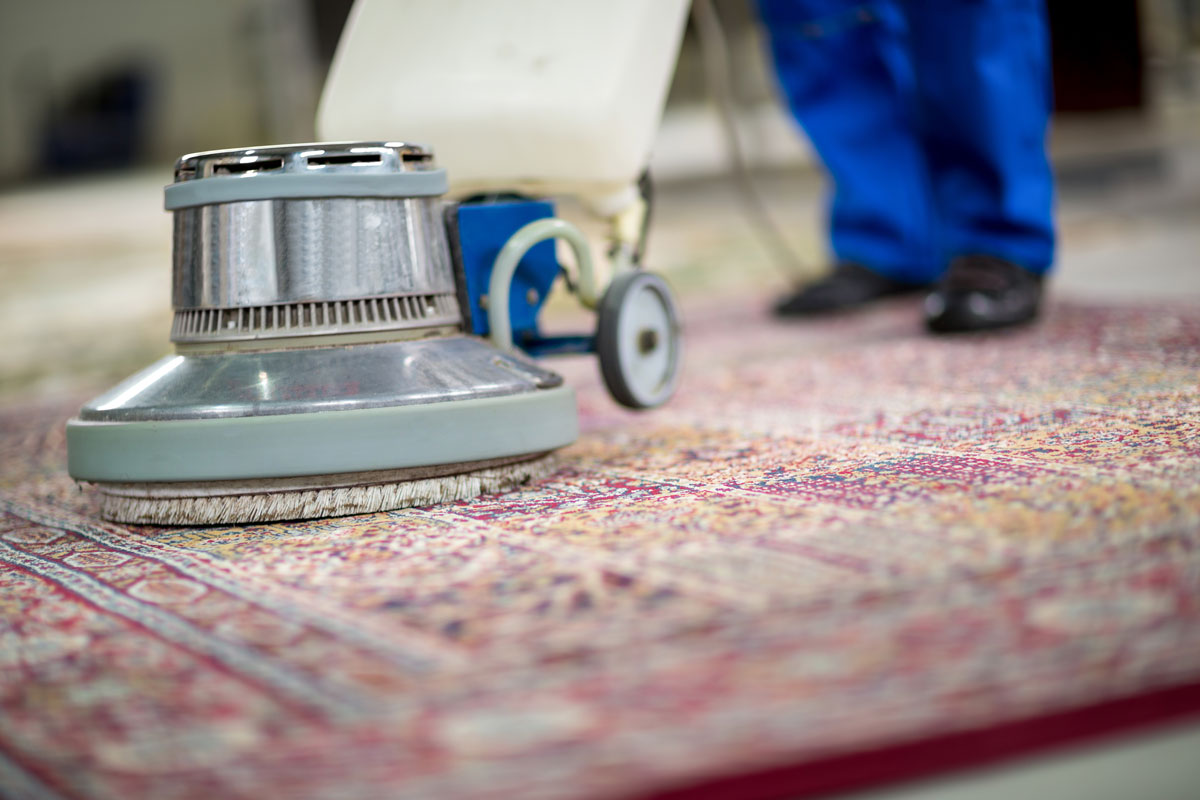How Often Should You Clean Your Bathroom Tile? A Maintenance Schedule
Keeping bathroom tiles clean is essential for maintaining a fresh and hygienic space. Tiles are exposed to moisture, soap scum, and grime daily, which can lead to discoloration, mold, and even damage if not properly maintained. Understanding how often to clean your bathroom tile and following a regular schedule will help prevent buildup and keep your space looking its best.
Daily Cleaning to Prevent Buildup
 A quick daily cleaning routine can make a big difference in maintaining bathroom tile. Wiping down wet surfaces after showers or baths helps prevent water spots and soap scum from settling. Using a squeegee or a dry cloth on tiles and glass surfaces can minimize moisture, reducing the chance of mold growth. If tiles are regularly exposed to shampoo, conditioner, and body wash residue, rinsing them off each day will prevent buildup over time.
A quick daily cleaning routine can make a big difference in maintaining bathroom tile. Wiping down wet surfaces after showers or baths helps prevent water spots and soap scum from settling. Using a squeegee or a dry cloth on tiles and glass surfaces can minimize moisture, reducing the chance of mold growth. If tiles are regularly exposed to shampoo, conditioner, and body wash residue, rinsing them off each day will prevent buildup over time.
Weekly Deep Cleaning for Grime and Stains
Once a week, a more thorough cleaning should be done to remove dirt and grime that daily maintenance may not address. A mild bathroom cleaner or a mixture of vinegar and water can be used to scrub tile surfaces. Pay special attention to areas around the sink, shower, and bathtub where soap scum and water stains tend to accumulate. A soft-bristled brush or a sponge works well for scrubbing tiles without damaging their finish. If grout lines appear dirty, using a small brush can help lift embedded dirt and keep them looking fresh.
Monthly Grout Maintenance for Long-Term Protection
Grout requires special attention since it is porous and tends to absorb moisture, dirt, and soap residue. Once a month, deep cleaning grout lines with a dedicated grout cleaner or a baking soda and water paste can help prevent staining and deterioration. Scrubbing with a toothbrush or grout brush will remove deep-seated grime, keeping grout lines looking bright. Applying a grout sealer every few months adds a protective layer that helps repel moisture and stains, extending the life of the grout.
Seasonal Inspections to Prevent Damage
Every few months, inspecting tiles and grout for any signs of damage is important. Cracked tiles, loose grout, or mold growth should be addressed promptly to prevent further deterioration. If mold or mildew appears in the grout lines, using a mold remover or a hydrogen peroxide solution can help eliminate it. Checking for leaks or water damage around tiles will also help maintain the overall condition of the bathroom and prevent costly repairs.

Adjusting Cleaning Frequency Based on Usage
The frequency of bathroom tile cleaning depends on how often the bathroom is used. A heavily used bathroom, such as in a large household, may require more frequent deep cleaning compared to a guest bathroom that sees occasional use. In high-humidity environments, where moisture lingers longer, extra attention may be needed to prevent mold and mildew from forming. Keeping an eye on the condition of the tiles and grout will help determine whether adjustments to the cleaning schedule are necessary.



 Before diving into cleaning techniques, it is essential to know what kind of tiles you have. The most common types include ceramic, porcelain, natural stone, and glass tiles. Each type requires specific care to avoid damage. Ceramic and porcelain tiles are generally the easiest to maintain and can withstand regular cleaning. Natural stone tiles, such as marble or slate, require more delicate handling, as harsh chemicals can cause discoloration or erosion. Glass tiles are usually found in backsplashes and require gentle cleaning to maintain their clarity and shine.
Before diving into cleaning techniques, it is essential to know what kind of tiles you have. The most common types include ceramic, porcelain, natural stone, and glass tiles. Each type requires specific care to avoid damage. Ceramic and porcelain tiles are generally the easiest to maintain and can withstand regular cleaning. Natural stone tiles, such as marble or slate, require more delicate handling, as harsh chemicals can cause discoloration or erosion. Glass tiles are usually found in backsplashes and require gentle cleaning to maintain their clarity and shine.
 Carpets are highly effective at capturing airborne pollutants, but without proper maintenance, they can become a breeding ground for dust mites, mold spores, and bacteria. Every step taken on a dirty carpet can release particles back into the air, causing respiratory issues and allergies. Household dust, pet fur, and even chemical residues from cleaning products accumulate over time, making carpets a hidden source of indoor air pollution.
Carpets are highly effective at capturing airborne pollutants, but without proper maintenance, they can become a breeding ground for dust mites, mold spores, and bacteria. Every step taken on a dirty carpet can release particles back into the air, causing respiratory issues and allergies. Household dust, pet fur, and even chemical residues from cleaning products accumulate over time, making carpets a hidden source of indoor air pollution.